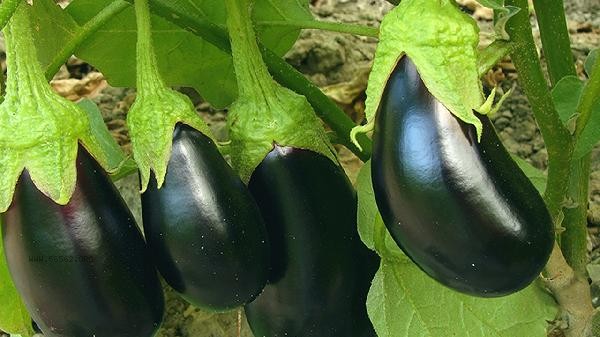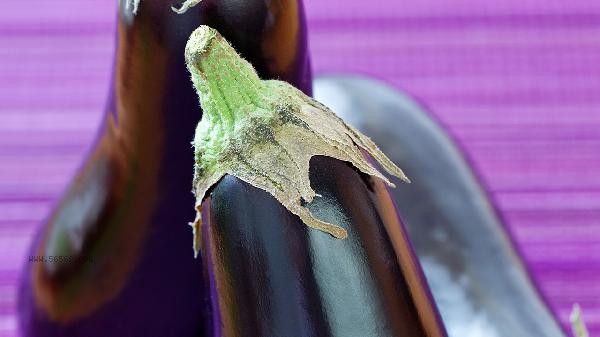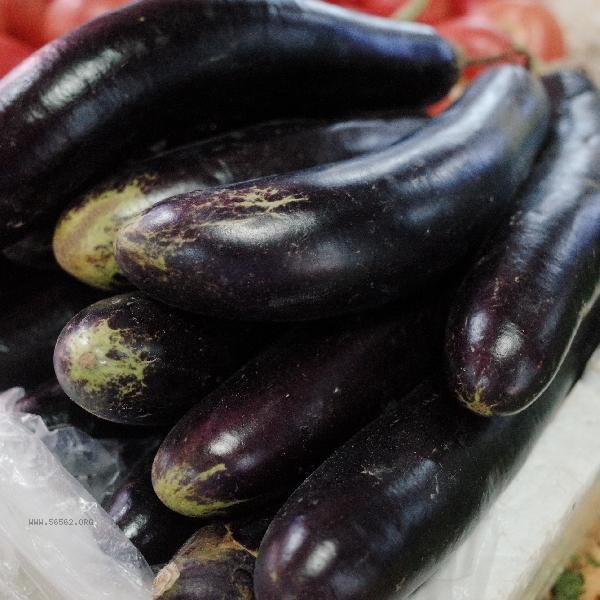To make braised eggplant simple and delicious, the key lies in the pre-treatment and seasoning techniques of the eggplant. There are mainly methods such as selecting tender eggplants, cutting them into pieces and soaking them in salt water, controlling the oil temperature, mixing sauces, simmering and collecting the juice.

1. Choose tender eggplants
Choose tender eggplants with smooth skin, bright color, and tight texture. Old eggplants have many seeds and a bitter taste, which affects the flavor of the finished product. Long purple or round eggplants are both acceptable, but long eggplants are easier to control oil. When purchasing, you can lightly press the stem of the eggplant, and if it bounces back, it indicates freshness.
2. Salt water immersion
After cutting eggplant into rolling blocks, soak them in light salt water for 10 minutes. Saltwater can prevent oxidation and blackening, while also damaging sponge like tissues and reducing oil absorption. After removing, squeeze out the water, sprinkle a small amount of starch and mix well to form a protective layer and reduce oil infiltration.
3. Control oil temperature
Heat the oil to 60% hot over medium heat before adding eggplant to avoid excessive oil absorption caused by low temperature. Fry until the surface is slightly charred, then remove and drain the oil. You can also use an air fryer to bake at 200 degrees Celsius for 10 minutes instead of deep frying, which is healthy and can maintain its shape without being soft or rotten.

4. Sauce preparation
The basic sauce is made in a 1:1:1 ratio of light soy sauce, dark soy sauce, and sugar, with a small amount of vinegar added for freshness. If you like spicy food, you can add Douban sauce; if you like sweet food, you can add honey. The sauce should be well mixed in advance to avoid uneven seasoning during cooking. If garlic is saut é ed and then mixed with juice, the flavor will be more intense.
5. Stew and gather sauce
Stir fry ginger and garlic until fragrant, then pour in the sauce and bring to a boil. Put the eggplant on low heat and let it simmer for 3 minutes until the flavor permeates. Finally, gather the juice over high heat until it becomes viscous, sprinkle chopped scallions or cilantro to enhance the aroma. When collecting the juice, it is necessary to constantly flip it to prevent the bottom from sticking, and it is better to keep a small amount of soup mixed with rice.

When braised eggplant, it can be paired with green and red peppers to enhance color, or a small amount of pork belly can be added to enhance fragrance. Eggplant is cool in nature and can be balanced with ginger slices for those with spleen and stomach deficiency and coldness. It is recommended to use non stick pans to reduce oil consumption in daily life, and hypertensive patients need to control the amount of soy sauce used. Fresh eggplants contain solanine, which may cause discomfort when eaten raw. It is important to thoroughly cook them. Wrapping eggplants in paper and refrigerating them during storage can delay spoilage. Cut eggplants should be cooked as soon as possible to avoid nutrient loss.








Comments (0)
Leave a Comment
No comments yet
Be the first to share your thoughts!